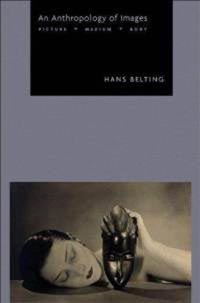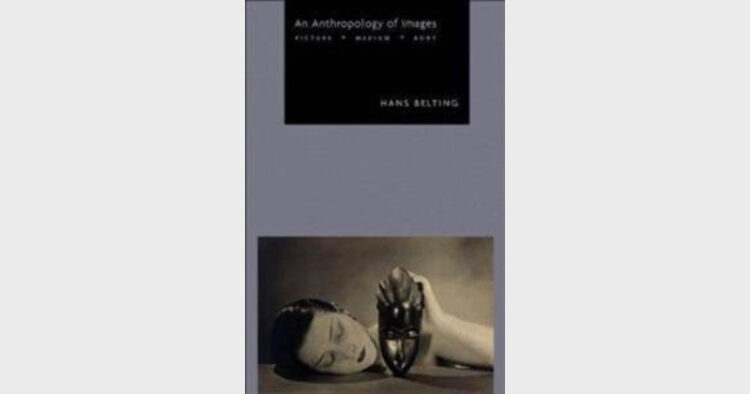
The visual and beyond: Picture and image
By Dr Vaidehi Nathan
An Anthropology of Images: Picture, Medium, Body, Hans Belting translated by Thomas Dunlap, Princeton University Press, Pp 207 (HB), $ 39.95
The distinction between ‘picture’ and ‘image’ or what is seen and what is perceived lies at the heart of the book An Anthropology of Images: Picture, Medium, Body by Hans Belting. Originally written in German, it has been translated into English by Thomas Dunlap. Pictures or illustrations have been used by humans always to represent or convey an image. In India, as in several other ancient civilisations, images represent god. Rather people see god in the images. In death, most religions continue to perpetuate the dead by representing them in various visuals.
Belting talks about this inter-relatedness of picture and image via the medium body. “I argue in this book that the interaction between our bodies and external images includes a third parameter, one which I call a “medium,” in the sense of a vector, agent, dispositif the French would say. The medium functions as a support, host, and tool for the image.”
“The images of memory and imagination are generated in one’s own body; the body is the living medium through which they are experienced. In turn the distinction between memory as the body’s own image archive, and remembrance as the body’s own generation of images has implications for this body experience,” says Belting.
The author discusses all images, from mirror image to the pictorial representations on tombs and burial places in old cultures. The relationship between death, images and remembrance is dealt within an entire chapter called ‘Image and Death: Embodiment in Early Cultures.’
The modern-day technology of photography is a separate genre. These give ‘real-life’ images, near substituting the mind for perceiving the picture. Christopher Pinney’s photograph of a man worshiping his father’s photograph is illustrative. Here the man is seeing not just the picture but the image also.
Belting uses a series of case studies and dwells into various theories on pictures and the role images play in cultures to propound his theory. Belting has held chairs in art history at the Universities of Heidelberg and Munich and has been a visiting professor at Harvard, Columbia and Northwestern.
(Princeton University Press, 41, William Street, Princeton, New Jersey 08540)
?













Comments